4,101cc Tipo 340/A SOHC V12 Engine Triple Weber Carburetors Approx. 220bhp at 6,600rpm 5-Speed Manual Transmission Front Independent Suspension – Live Rear Axle 4-Wheel Hydraulic Drum Brakes *Stunningly unique and collectible example of Ferrari history *Documented history by marque authority Marcel Massini and factory build sheets *Cost a staggering $25,000 when new *Retains matching numbers engine and original Vignale bodywork *Eligible for the most prominent motoring events around the globe THE RISE OF LAMPREDI'S V12 The early history of Ferrari is overwhelmingly characterized by the evolution of one classic engine, the Giacchino Colombo-designed motor that is often referred to as the short-block V12. Colombo had been a principle engineer for the Scuderia Ferrari prior to World War II, and his postwar 1.5-liter engine soon became the backbone of early Ferrari models like the 125S, 166MM, and the 212 series. Once the motor's displacement was enlarged to three liters in 1954, the Colombo V12 became the unifying component of Maranello's road car development for the following fifteen years. Considering the short-block V12's longevity and significance to Ferrari's evolution, Colombo, himself, actually exited the company rather early, joining Alfa Romeo in 1950. His defection was ultimately prompted by some of the limitations in his engine's design, and the rise of one of his pupils, one Aurelio Lampredi. While Colombo's V12 thrived in the aforementioned sports car models and their respective racing endeavors, the engine was considerably less successful in the all-important Grand Prix competition format. Somewhat ironically, Alfa Romeo's Grand Prix cars dominated the immediate postwar period with a supercharged version of the motor that Colombo had designed for them before the war on the Scuderia's behalf. This engine championed the prevalent notion of the prewar period that Grand Prix success was reliant upon blown motors of relatively small displacement. While this approach had no doubt resulted in winning cars, such engines required extreme degrees of tuning, maintenance, and parts replacement, as the high-revving motors were particularly susceptible to wear. Along these lines, Colombo had attempted to supercharge his postwar V12 for Ferrari's Grand Prix entries, but the short-block engine could not hold pace with the highly developed Alfa unit. Junior Ferrari designer Aurelio Lampredi envisioned a different approach. As a considerably larger un-supercharged engine was allowed under the formula, Colombo's apprentice proposed a naturally aspirated 4.5-liter motor, which Ferrari approved for development by 1949. Lampredi's creation differed from his mentor's not only with a bigger displacement, it featured a wholly taller and longer architecture, thus prompting the "long-block" nickname (and the retroactive "short-block" designation for Colombo's unit). The engine also featured single intake porting versus the Colombo V12's siamesed arrangement, and twin ignition per cylinder for increased power. First utilized in the Scuderia's 1950 grand prix cars, and soon after in the corresponding sports cars, the Lampredi engine offered unprecedented power capabilities at a fraction of the required maintenance during endurance events. The immediate success of the powerplant prompted Ferrari to temporarily abandon further development of the short-block V12, and Colombo accordingly soon made his exit. At the ripe age of 30, Aurelio Lampredi was promoted to chief engineer of Ferrari. While Lampredi's long-block engine initially displaced 3.3 liters in Grand Prix configuration, versions of 3, 4.1, 4.5, and 5 liters were eventually developed. These motors became the grist of Ferrari's sports car racing campaigns over the following five years, powering superlative models like the 340MM, 375MM, and the Le Mans-winning 375 Plus. The displacement limitations in FIA formulas that followed the disastrous accident at Le Mans in 1955 spelled the end of
4,101cc Tipo 340/A SOHC V12 Engine Triple Weber Carburetors Approx. 220bhp at 6,600rpm 5-Speed Manual Transmission Front Independent Suspension – Live Rear Axle 4-Wheel Hydraulic Drum Brakes *Stunningly unique and collectible example of Ferrari history *Documented history by marque authority Marcel Massini and factory build sheets *Cost a staggering $25,000 when new *Retains matching numbers engine and original Vignale bodywork *Eligible for the most prominent motoring events around the globe THE RISE OF LAMPREDI'S V12 The early history of Ferrari is overwhelmingly characterized by the evolution of one classic engine, the Giacchino Colombo-designed motor that is often referred to as the short-block V12. Colombo had been a principle engineer for the Scuderia Ferrari prior to World War II, and his postwar 1.5-liter engine soon became the backbone of early Ferrari models like the 125S, 166MM, and the 212 series. Once the motor's displacement was enlarged to three liters in 1954, the Colombo V12 became the unifying component of Maranello's road car development for the following fifteen years. Considering the short-block V12's longevity and significance to Ferrari's evolution, Colombo, himself, actually exited the company rather early, joining Alfa Romeo in 1950. His defection was ultimately prompted by some of the limitations in his engine's design, and the rise of one of his pupils, one Aurelio Lampredi. While Colombo's V12 thrived in the aforementioned sports car models and their respective racing endeavors, the engine was considerably less successful in the all-important Grand Prix competition format. Somewhat ironically, Alfa Romeo's Grand Prix cars dominated the immediate postwar period with a supercharged version of the motor that Colombo had designed for them before the war on the Scuderia's behalf. This engine championed the prevalent notion of the prewar period that Grand Prix success was reliant upon blown motors of relatively small displacement. While this approach had no doubt resulted in winning cars, such engines required extreme degrees of tuning, maintenance, and parts replacement, as the high-revving motors were particularly susceptible to wear. Along these lines, Colombo had attempted to supercharge his postwar V12 for Ferrari's Grand Prix entries, but the short-block engine could not hold pace with the highly developed Alfa unit. Junior Ferrari designer Aurelio Lampredi envisioned a different approach. As a considerably larger un-supercharged engine was allowed under the formula, Colombo's apprentice proposed a naturally aspirated 4.5-liter motor, which Ferrari approved for development by 1949. Lampredi's creation differed from his mentor's not only with a bigger displacement, it featured a wholly taller and longer architecture, thus prompting the "long-block" nickname (and the retroactive "short-block" designation for Colombo's unit). The engine also featured single intake porting versus the Colombo V12's siamesed arrangement, and twin ignition per cylinder for increased power. First utilized in the Scuderia's 1950 grand prix cars, and soon after in the corresponding sports cars, the Lampredi engine offered unprecedented power capabilities at a fraction of the required maintenance during endurance events. The immediate success of the powerplant prompted Ferrari to temporarily abandon further development of the short-block V12, and Colombo accordingly soon made his exit. At the ripe age of 30, Aurelio Lampredi was promoted to chief engineer of Ferrari. While Lampredi's long-block engine initially displaced 3.3 liters in Grand Prix configuration, versions of 3, 4.1, 4.5, and 5 liters were eventually developed. These motors became the grist of Ferrari's sports car racing campaigns over the following five years, powering superlative models like the 340MM, 375MM, and the Le Mans-winning 375 Plus. The displacement limitations in FIA formulas that followed the disastrous accident at Le Mans in 1955 spelled the end of
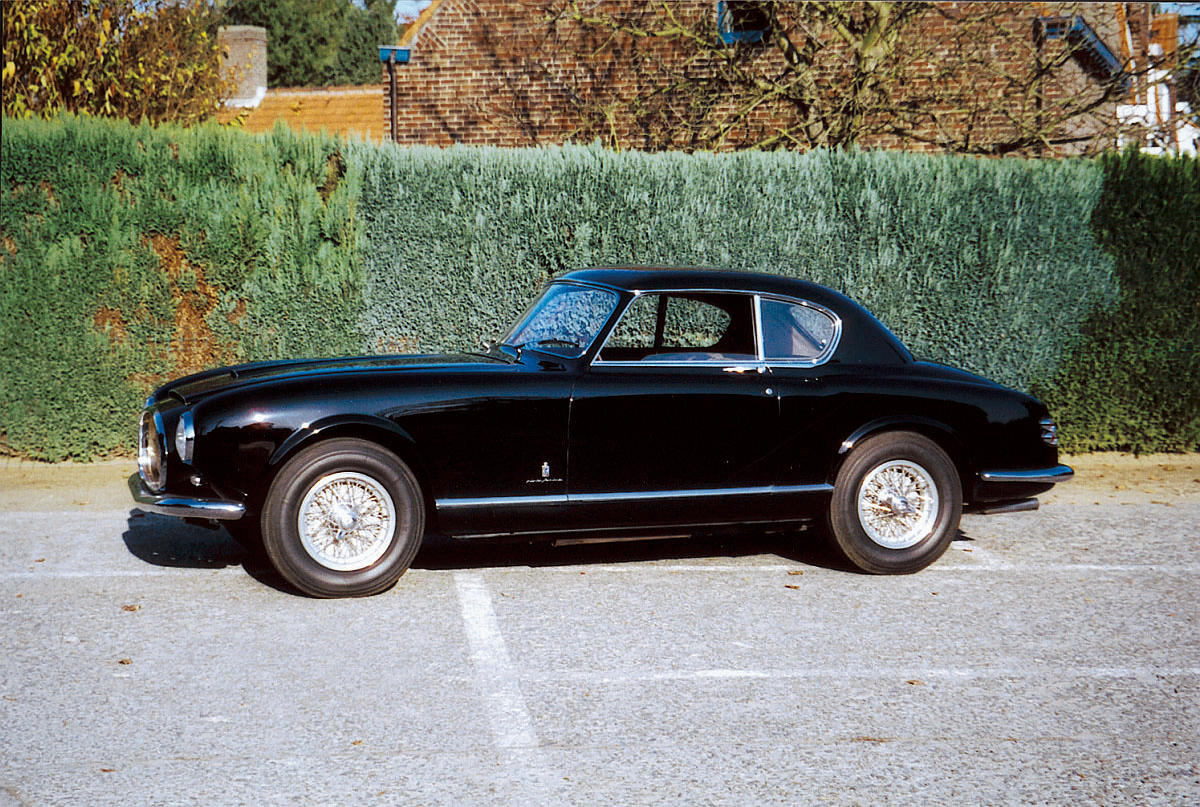

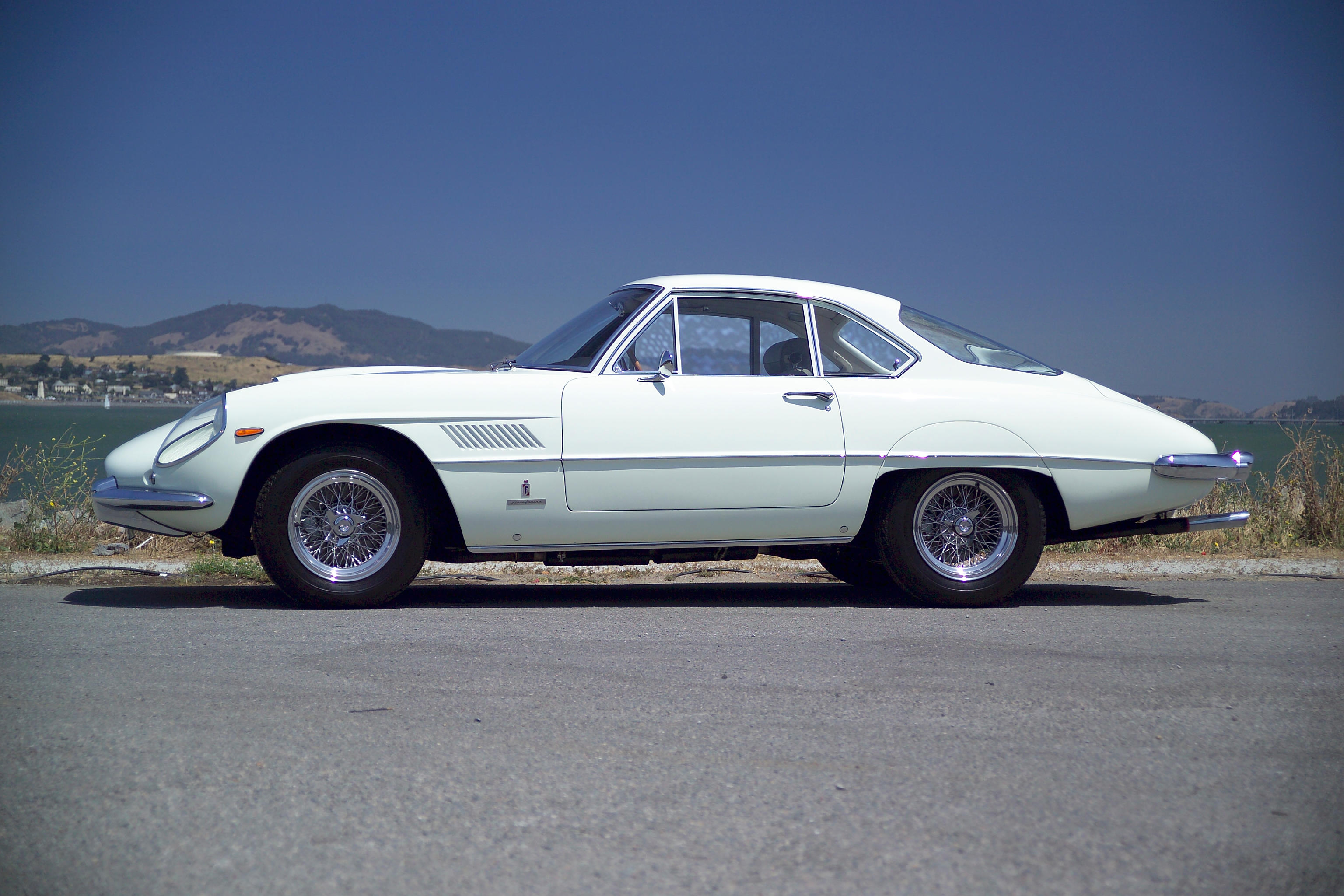
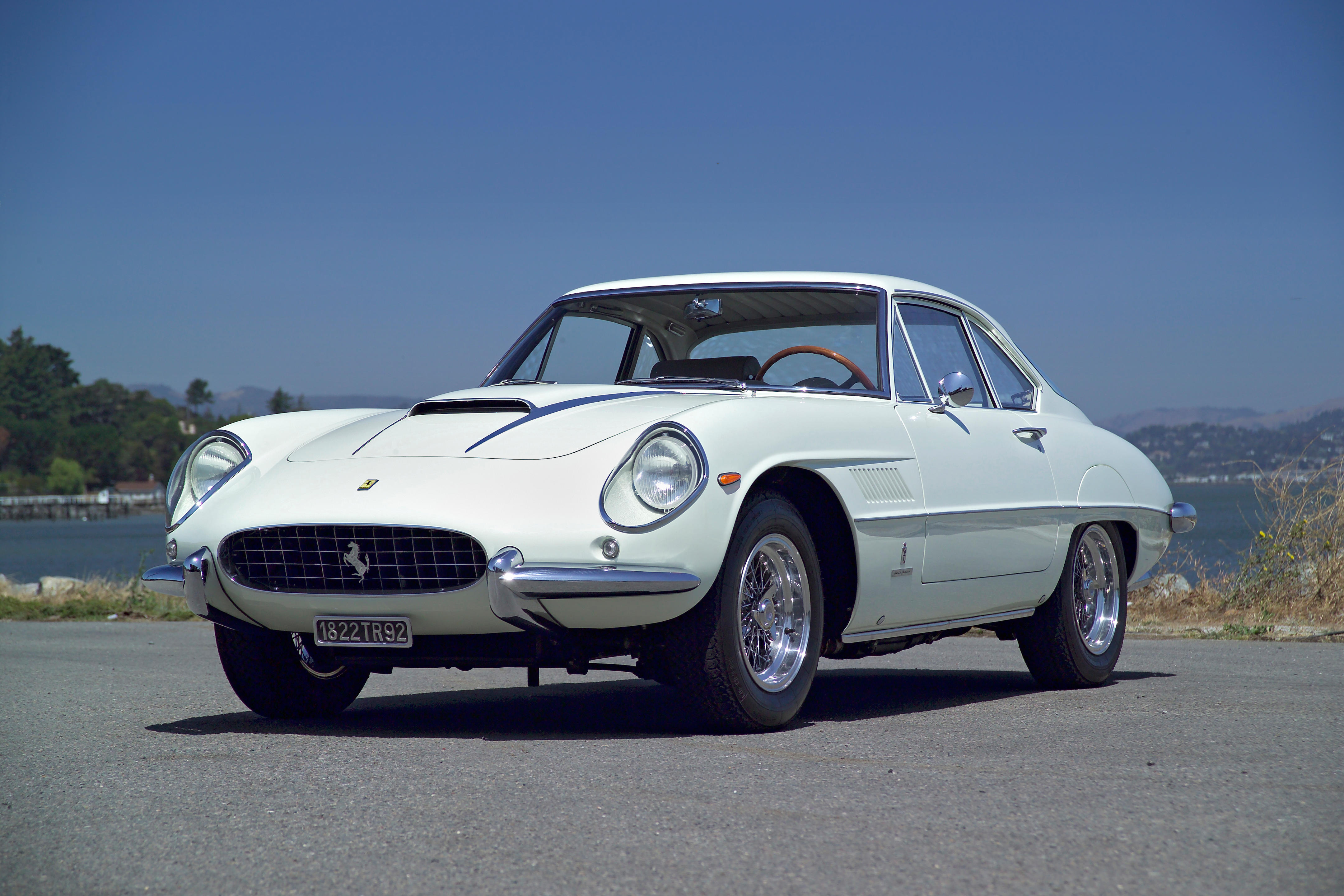
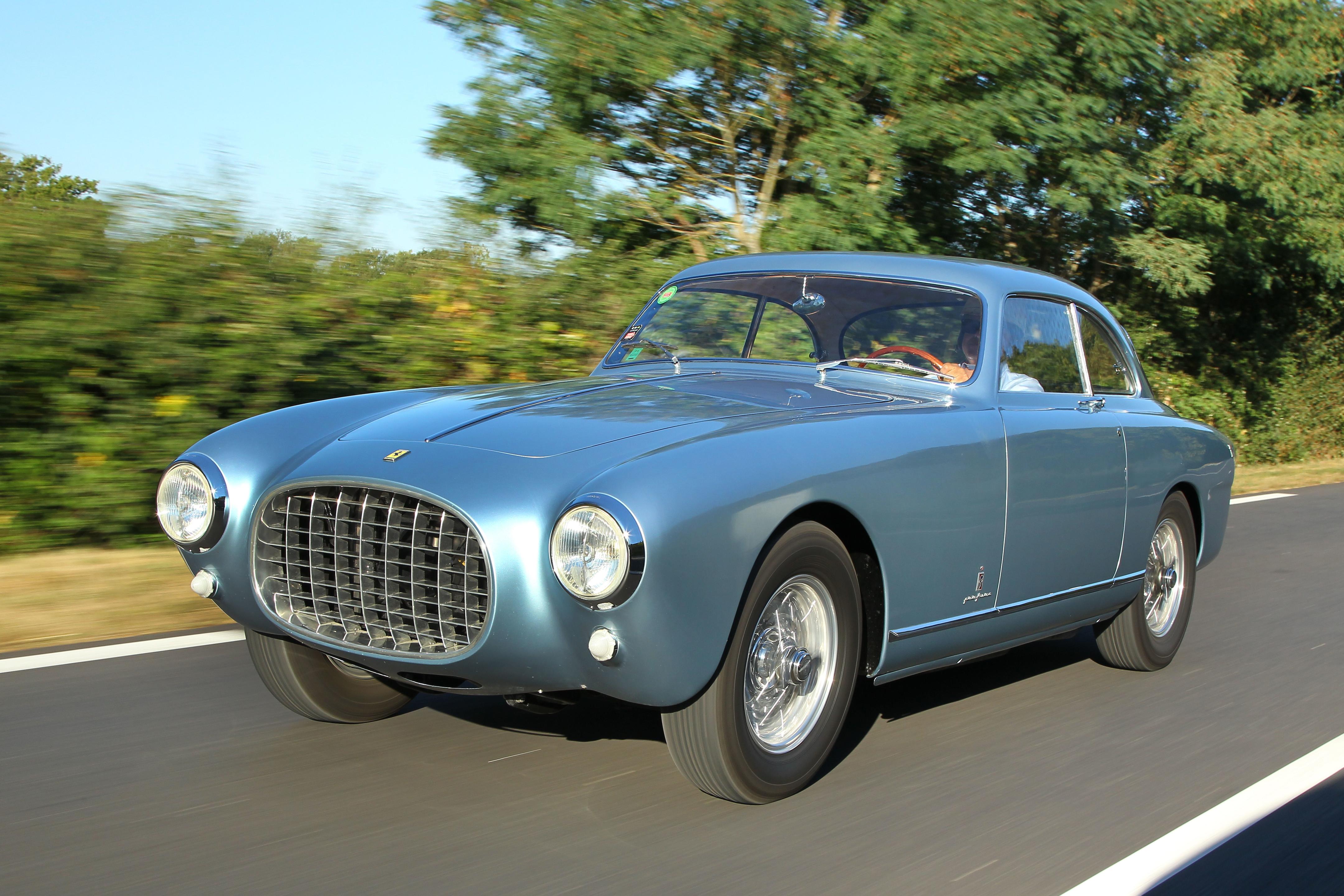
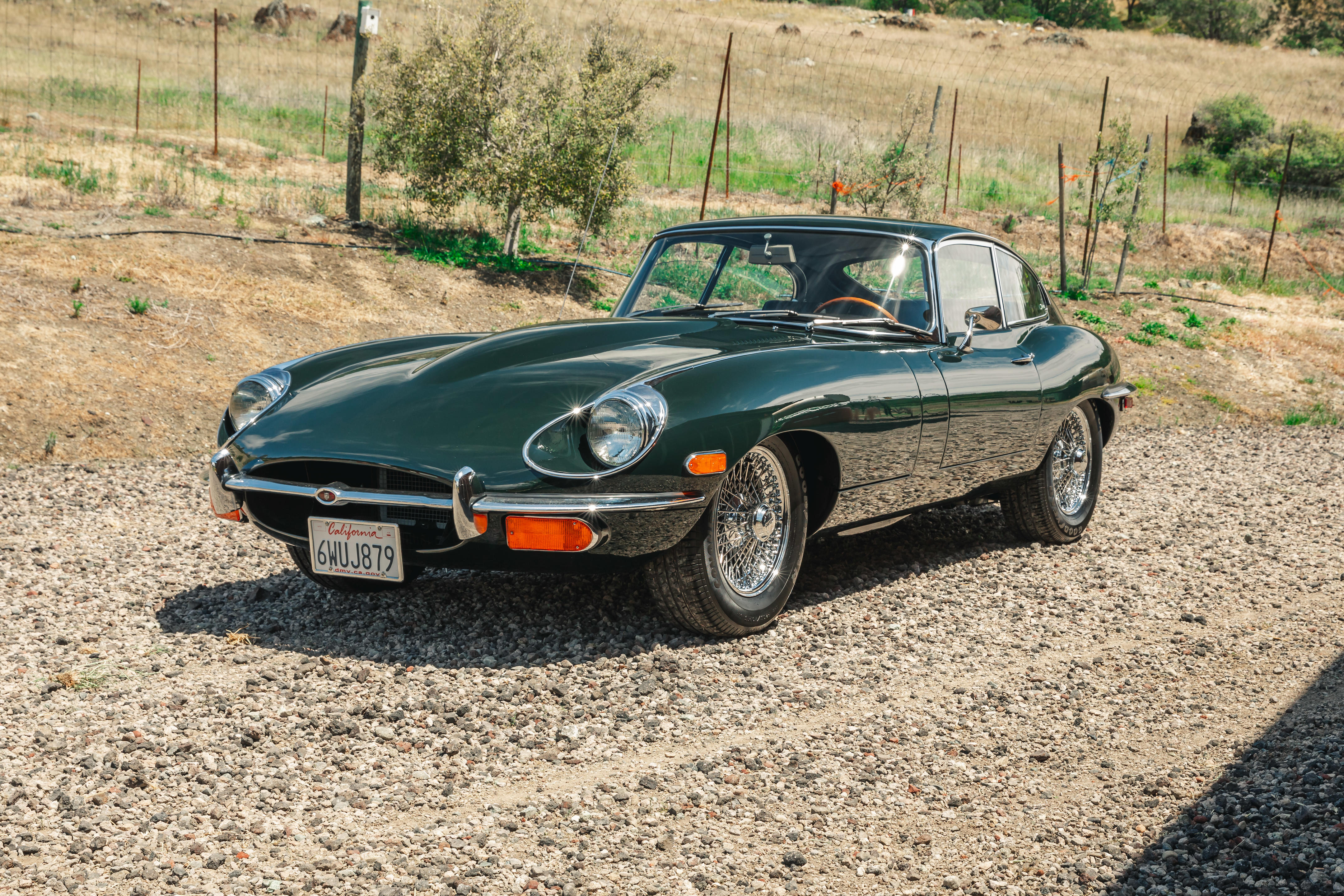
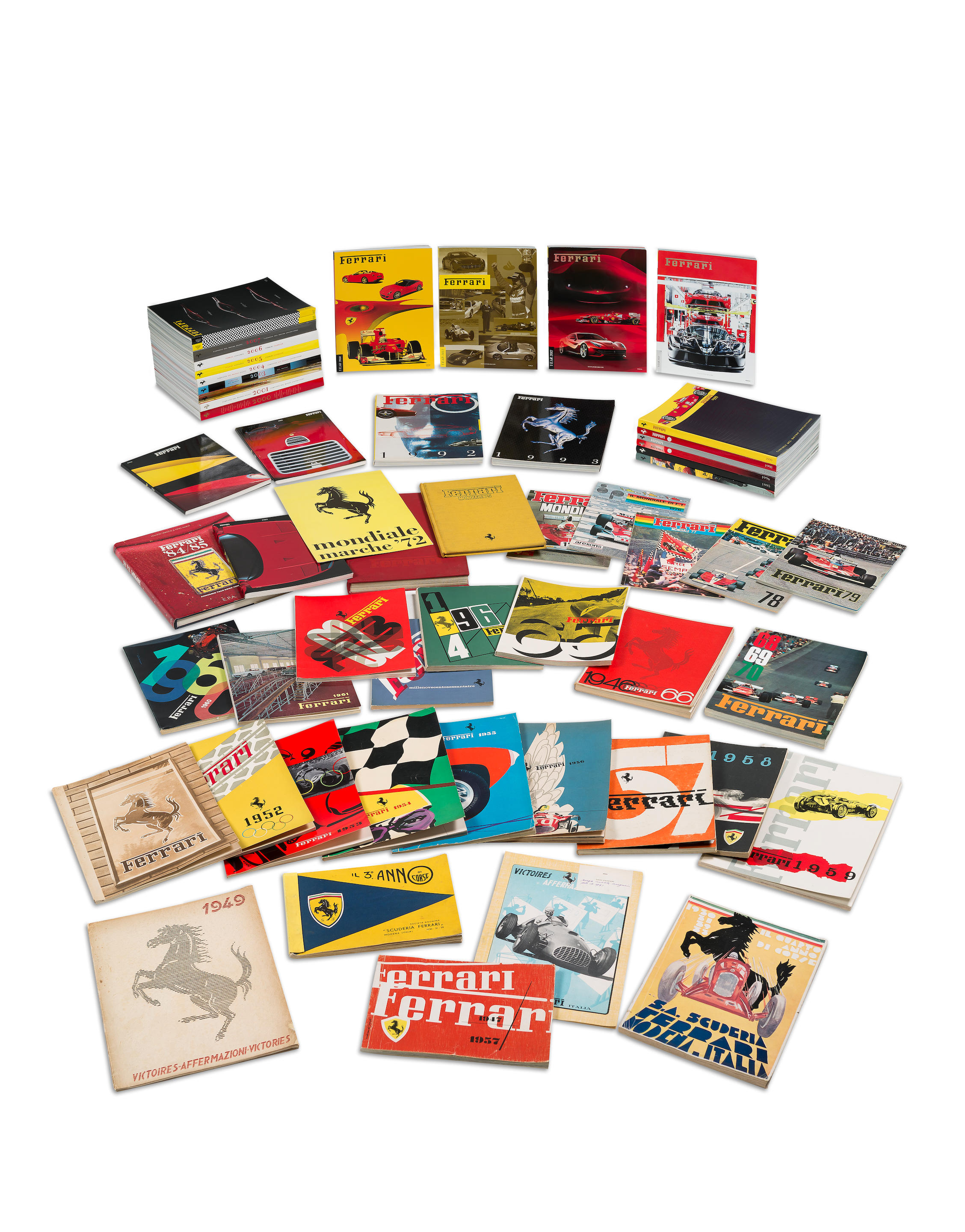
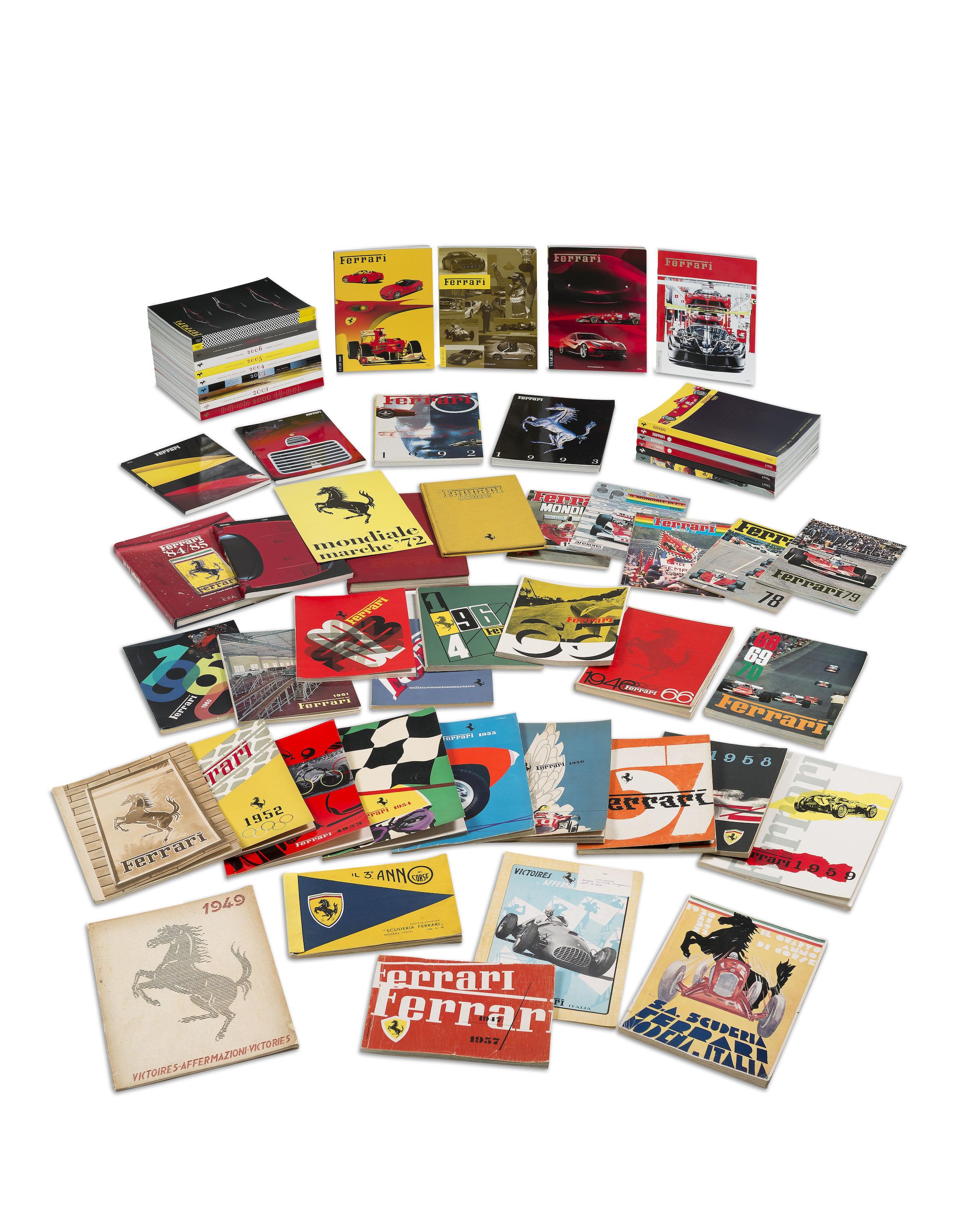
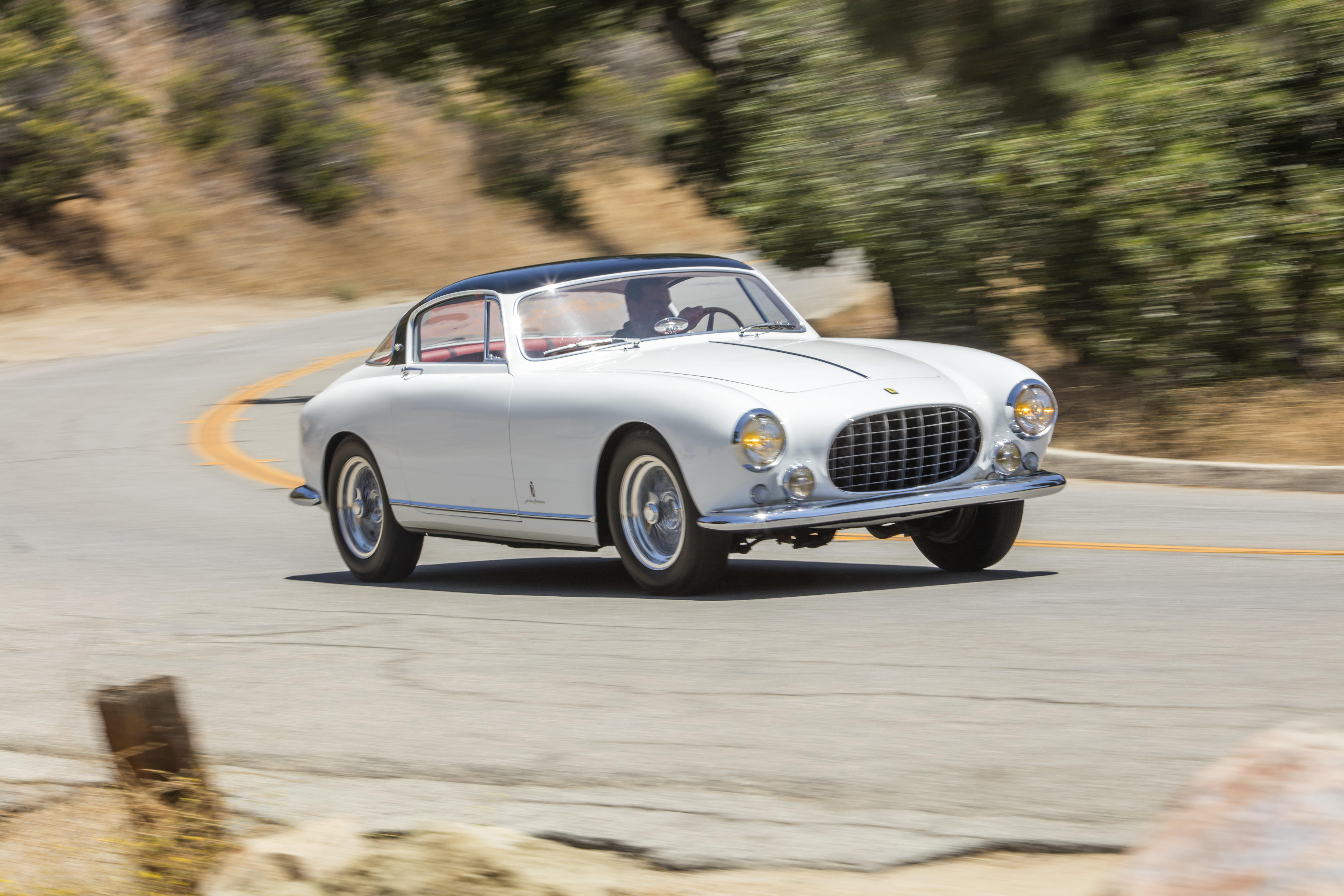






Testen Sie LotSearch und seine Premium-Features 7 Tage - ohne Kosten!
Lassen Sie sich automatisch über neue Objekte in kommenden Auktionen benachrichtigen.
Suchauftrag anlegen